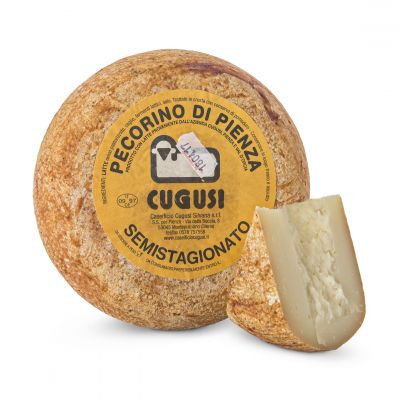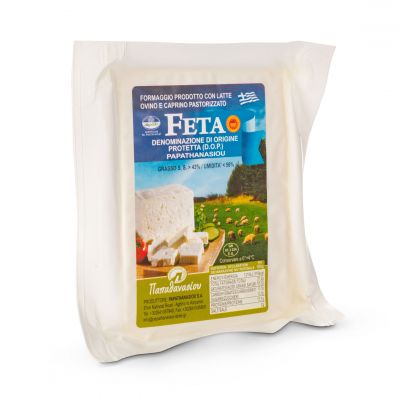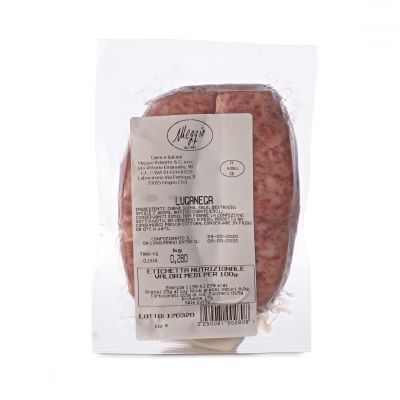“Life expectancy would increase enormously if the vegetables smelled as good as bacon.”
⏱ 3 MINUTES READING
A BIT OF HISTORY
Of uncertain origin, perhaps coming from North Africa or Asia, Vicia Faba (“broad bean” in English, “fava” in Italian) was known in China as early as 3000 BC. A legume that also made the Egyptians, Greeks and Romans fall in love with it: they appreciated it even raw, as a delicious spring first fruit.
The broad beans became so popular that one of the most important families in Rome, named Fabi, seems to have taken its surname from this plant.
It was highly appreciated especially among the poorer classes, thanks to its high protein and nutritional content and low cost, but it was then supplanted by the more versatile common bean, a foreign legume brough to Europe by Spanish and Portuguese conquerors.
VICIA FABA, BROAD BEAN, FAVA BEAN
Vicia Faba is an annual herbaceous plant belonging to the Fabaceae family, which prefers cool temperatures and grows in temperate regions: this is the reason why it found its fortune in the Mediterranean countries. It grows in pods 15-25 cm long and, inside a comfortable spongy layer are the beans.
Broad beans are large seeds, wrapped in a layer of skin that can be green, reddish or purple depending on the variety.
WHAT ABOUT FLOWERS
The broad bean flower is made unique by the black strips on the white petals: according to a legend these flowers would be a means of communication with Hades, the world of the dead. In fact, in Ancient Greece the seeds of broad beans accompanied the souls of the dead, while for the Romans they were a sign of good premonition and were offered to the gods during the celebrations of the calends of July.
In France, in the sweet Galette des Rois loving hands hide a bean in the dough and whoever finds it will have a lucky year.
Finally, in the regions of central Italy, it is considered a sign of luck to find seven seeds in the pod.
A BEAN FOR EVERY SEASON
On the market there are both fresh broad beans, in spring, and dried broad beans, throughout the year. The fresh ones are still enclosed in their pod, of a beautiful bright and shiny green colour, which must be intact, without showy spots and crunchy when broken.
To be consumed, the fresh broad bean must be carefully shelled from the pod and then cleaned by removing the “eye”, a clearly visible growth on the side of the seed. The dried bean, on the other hand, can be found both with the peel that covers each seed, and without it.
The peeled ones are distinguished above all by the colour which, in this case, is a very light yellow almost tending to white: the difference is that those with the peel need to soak for at least 20 hours.
The most important producing countries are Italy, Germany, China and Morocco, and the most precious varieties are easily available on the market: the Acquitania one, the Aguadulce one containing up to ten seeds or the equally precious Seville which contains only six beans.
APRONS ONI
Fresh broad beans are very delicate and can be kept in the refrigerator for 2-3 days. They should be blanched in salted water for 5‘, drained and cleaned of the skin that covers them, and if desired, frozen to enjoy them even during autumn and winter.
They give their best in the simplest combinations, paired with bread and onions, cold cuts and cheeses: the Pecorino Romano is the most usual companion.They can be eaten as a side dish and become the protagonists of fresh salads but also in soft mashed potatoes and comforting soups.
Anna Maria Pellegrino
Chef and Foodblogger
BROAD BEANS PURÉE
COURSE: side-dish, vegetarian
SERVES: 4 people
LEVEL: simple
PREPARATION TIME: 20 minutes
COOKING TIME: 40 minutes
YOU WILL NEED: chopping board, knife, pan, earthenware saucepan or pressure cooker, vegetable mill or mixer and strainer
INGREDIENTS
700 g shelled fresh or frozen broad beans
300 g potatoes (with a mealy texture)
50 g Pecorino di Pienza Rosso
150 ml Olio Extravergine di Oliva Scirinda
salt
black pepper freshly ground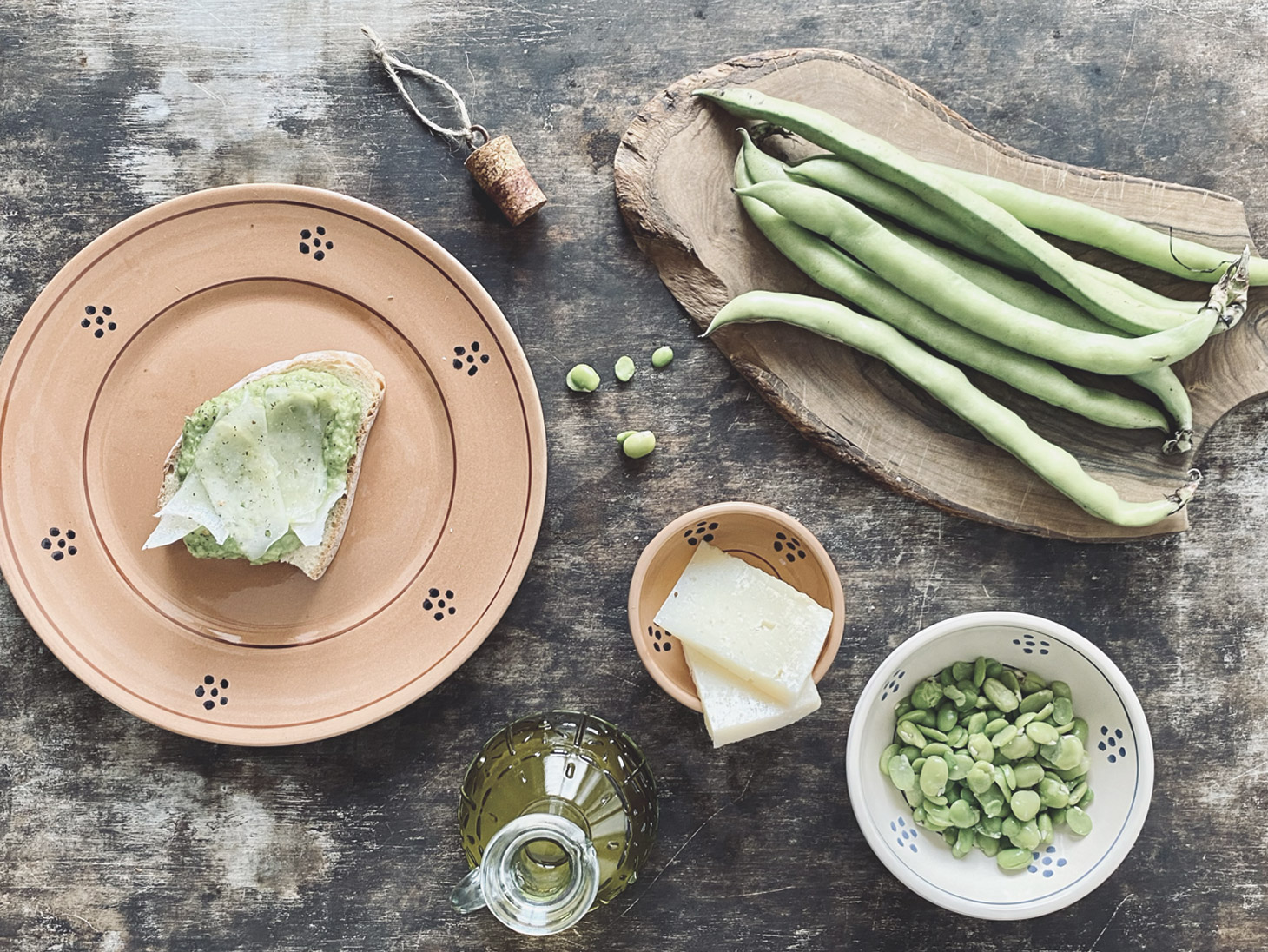
METHOD
Wash the already shelled beans. Bring salted water to a boil, blanch the beans for 5 ‘and remove the outer peel. Wash, peel and cut the potatoes into regular chunks.
Transfer broad beans and potatoes to the earthenware saucepan, cover the vegetables with cold water, bring to a boil, season with salt and continue cooking for 30 ‘, with the pan covered. Pass the cooked vegetables through a vegetable mill and emulsify the puree with a wooden spoon, adding 100 ml of extra virgin olive oil. You can speed up the time by using the pressure cooker for cooking, it will only take you 15 ‘; using an immersion blender to emulsify everything, the operation will be very fast
Season with salt and serve the mashed broad beans with a drizzle of extra virgin olive oil, freshly ground black pepper and plenty of sliced pecorino cheese (use a potato peeler or a truffle slicer).
VIGNAROLA VEG
COURSE: single dish, vegetarian
SERVES: 4 people
LEVEL: simple
PREPARATION TIME: 30 minutes
COOKING TIME: 40 minutes
YOU WILL NEED: chopping board, knife, saucepan, strainer, non-stick pan, bowls
INGREDIENTS
400 g shelled fresh broad beans
400 g shelled fresh peas
200 g Feta DOP Papathanasiou
1/2 tuft of Romaine lattuce
2 big artichokes (or 8 small young ones)
2 shallots
2 organic lemons
chopped parsley, vegetable broth, evo oil, salt, freshly ground black pepper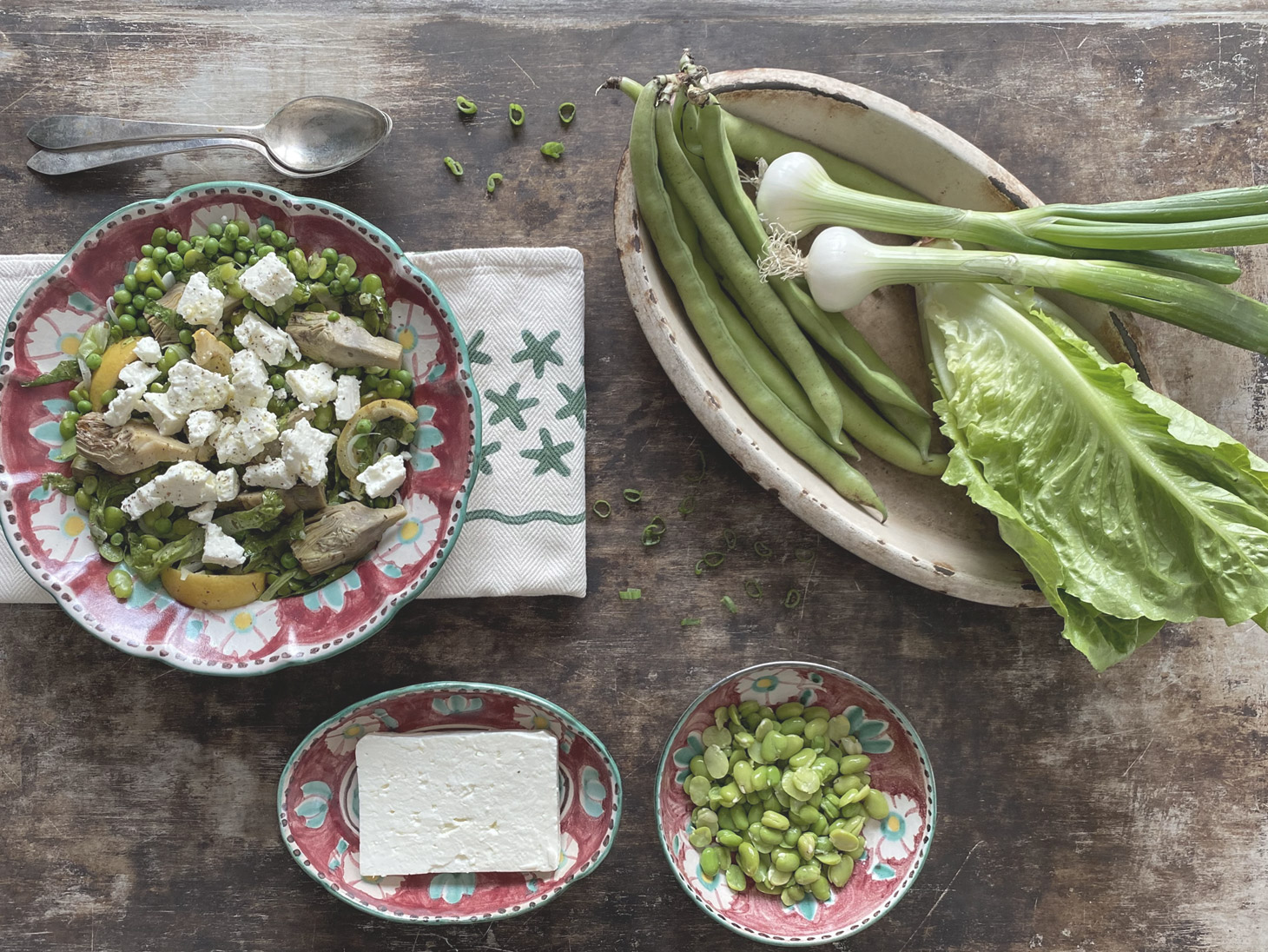
METHOD
Wash the broad beans and the peas. Bring salted water to boil and blanch the legumes for 5 ‘. Drain, remove the outer peel from the beans and set aside.
Remove the toughest outer leaves from the artichokes, cleanse and shorten the stem, cut the tips of the leaves, remove the internal beard and cut the artichoke into 8 wedges. Transfer them into a bowl with cold water acidulated by the juice of one lemon and with the second lemon cut into wedges. Clean the lettuce and cut the leaves into julienne strips. Shallots: the white part in thin wedges, the green part in rounds.
In a large pan, heat a little extra virgin olive oil and sauté the shallots, add the broad beans, peas and drained artichokes, season and cook over moderate heat for 10 ‘, adding a ladle of vegetable broth or water. Add the chopped parsley. Remove from heat and add the lettuce, stirr quickly so it doesn’t wilt completely. Season with salt.
Serve in large bowls or earthenware pans crumbling the feta, perfuming with freshly ground pepper and a drizzle of raw evo oil.
FABADA IN TRENTINO STYLE
COURSE: second dish
SERVES: 4 people
LEVEL: simple
Preparation time: 20 minutes
COOKING TIME: 40 minutes
YOU WILL NEED: chopping board, knife, pan, saucepan
INGREDIENTS
400 g shelled fresh broad beans
200 g Luganega by Meggio
200 g raw ham
100 g lard
100 g pancetta
6 saffron pistils
a little chilli or spicy paprika
chicken broth
salt (a few)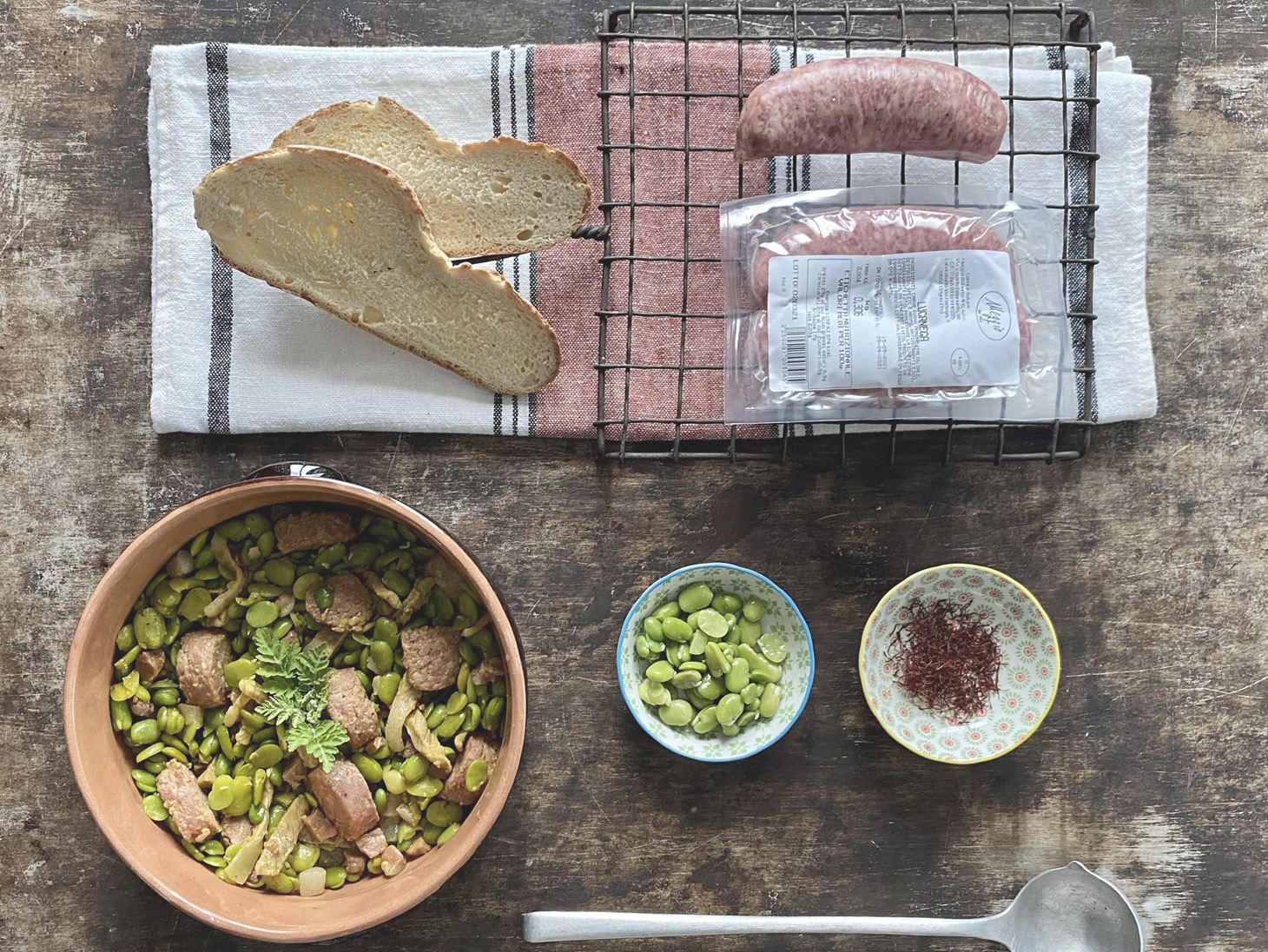
METHOD
Wash the already shelled broad beans. Bring salted water to boil and blanch the beans for 5 ‘, remove the outer peel and set aside. Dice the ham and pancetta, cut the lard into julienne strips. Remove the skin from the luganega and cut it into chunks.
In a wide and low pan, brown the lard and pancetta for a few minutes, add the ham and finally the luganega, browning it well. Add the broad beans, perfume with the chilli or paprika, and add a ladle of hot broth in which you have dissolved the saffron. Mix well, add two more ladles of broth, bring to a boil and cook for 30’ over low heat.
Let it rest for half an hour before serving.




